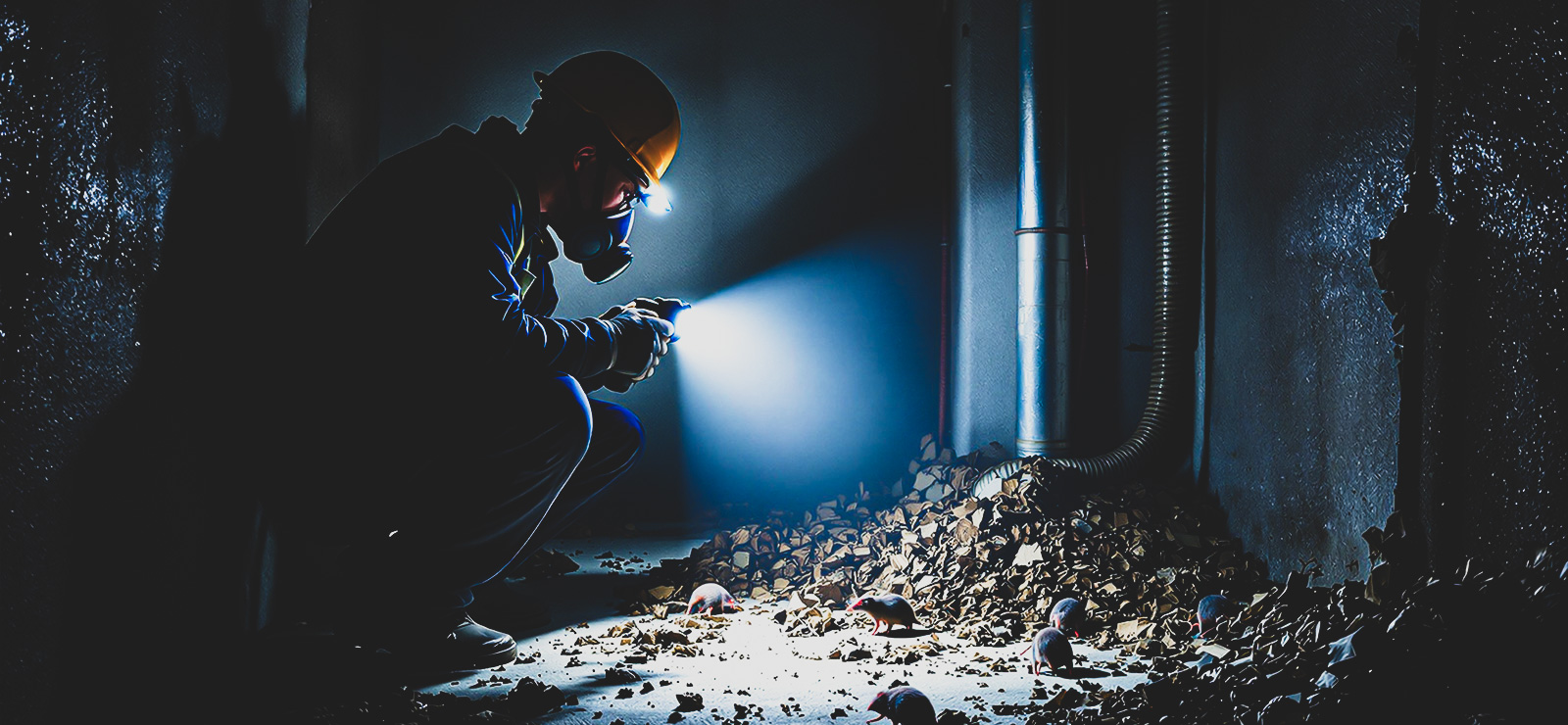Elimination
Abate hazard before work begins
Agents of biological origin that can cause harmful health effects, including microorganisms, toxins produced by organisms, and allergens. They can enter the body through inhalation, skin contact, ingestion, or injection.

Abate hazard before work begins
Implement ventilation and air movement
Restrict work area access, handling procedures, containment practices
Use appropriate PPE